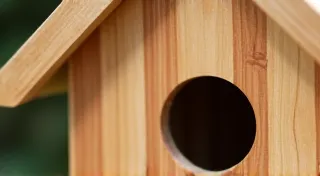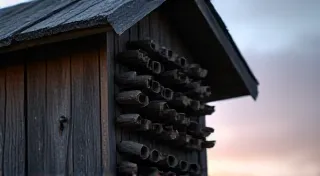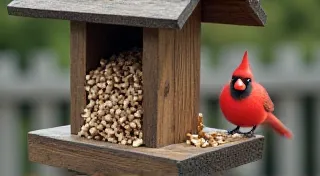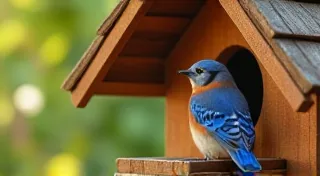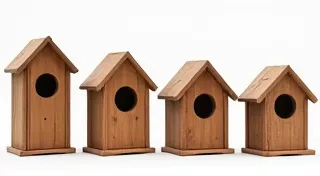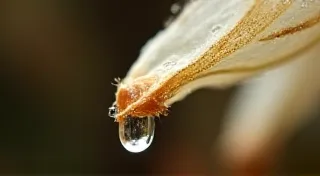Build a Chickadee Bird House: Cold Weather Habitat
Chickadees are beloved visitors to backyards across North America, known for their cheerful songs and tireless foraging. Providing them with a safe and cozy nesting place is a rewarding experience, especially considering their resilience during harsh winters. This guide provides detailed plans and instructions for building a chickadee bird house specifically designed for optimal insulation and drainage – crucial for their survival and successful breeding. We're going beyond a basic birdhouse design; we're creating a cold-weather habitat.
Why a Specialized Chickadee House?
While chickadees will use many types of birdhouses, offering a custom design caters to their specific needs. These small, energetic birds thrive in snug spaces, and insulation is key to protecting them from frigid temperatures. Proper drainage also prevents the nest from becoming damp and harboring disease. Building a bird house isn't just about providing shelter; it’s about creating a tiny sanctuary, a miniature echo of the natural world that these delightful creatures can call home. Consider complementing your birdhouse with other wildlife-friendly projects. If you're looking for more options for beneficial wildlife, you might be interested in exploring building a bat house – another rewarding project that contributes to a balanced ecosystem.
Materials You'll Need
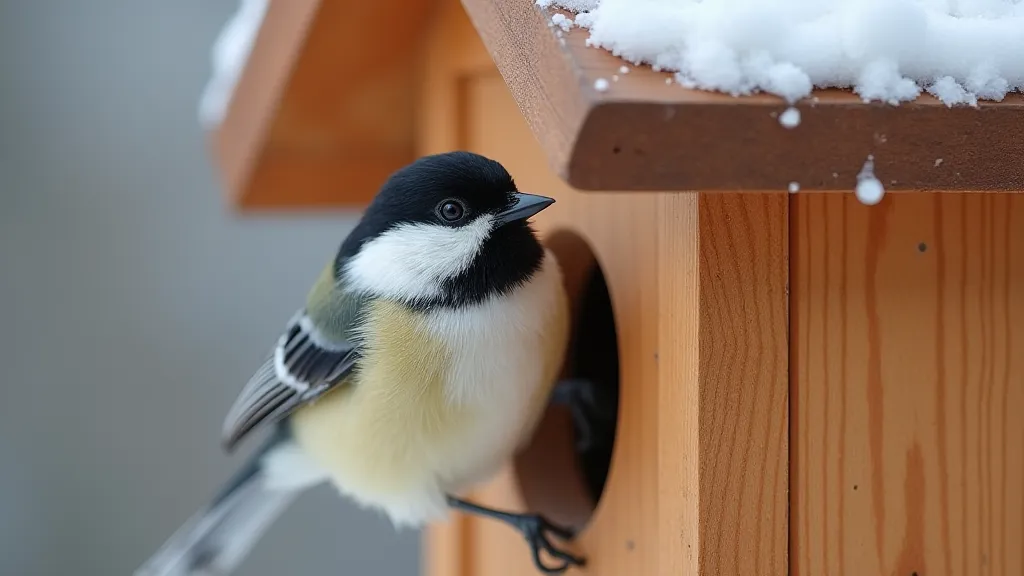
Cutting Dimensions (refer to the diagram below for assembly)
Step-by-Step Instructions
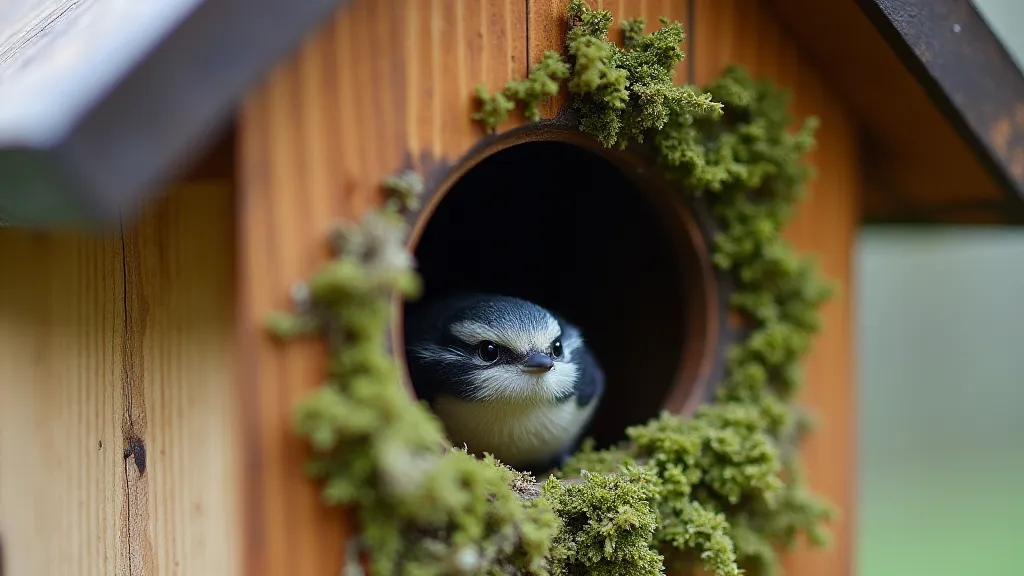
Mounting Your Chickadee House
Mount the bird house on a pole or tree, 6-10 feet above the ground. Face the entrance away from prevailing winds and direct sunlight. A predator guard is highly recommended to protect the nesting birds. Many choose to express their creativity through various designs, exploring unique bird house designs that blend functionality with artistic flair. The aesthetic appeal of your birdhouse can enhance the overall ambiance of your outdoor space, creating a welcoming haven for your feathered friends. Consider supplementing your birdhouse with other feeders and plantings to create a truly attractive environment.
Cleaning and Maintenance
Clean out the birdhouse once a year, in late summer or early fall, after the nesting season is over. Remove old nesting material and debris to prepare the house for the following year. If you’ll be using reclaimed materials for your project, you might find inspiration for building bird feeders from reclaimed wood – a sustainable approach to creating bird-friendly spaces. This aligns with a broader effort to provide a healthy and resource-conscious habitat.
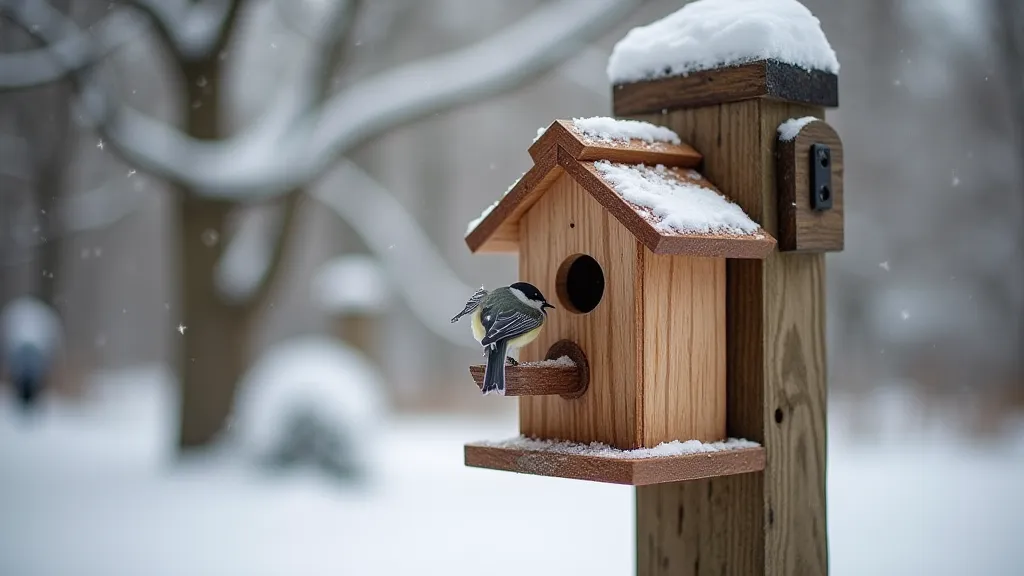
Understanding Chickadee Behavior & Attracting Them
Chickadees are highly social birds, often traveling in small flocks. Their distinctive “chick-a-dee-dee-dee” call is how they communicate danger and location. Understanding their preferences is key to attracting them to your birdhouse. They are cavity nesters, meaning they naturally seek out holes in trees or logs. Your carefully constructed birdhouse provides a safe and secure alternative. They are also resourceful foragers, preferring insects, seeds, and berries. Supplementing their diet with a high-quality birdseed blend can increase their interest in your yard. The right seed blend, presented in an appealing way, can make a significant difference in attracting these charming birds.
Choosing the Right Wood and Sealants
While cedar is the preferred wood due to its natural resistance to rot and insects, pine can be used if properly treated. Avoid using pressure-treated wood, as the chemicals can be harmful to birds. If you opt for pine, apply a non-toxic, water-based sealant to protect it from the elements. Remember that the safety of the birds is paramount. Avoid any chemicals or materials that could pose a health risk. Proper sealing not only protects the wood but also extends the lifespan of the birdhouse.
Predator Protection Strategies
Protecting your chickadee residents from predators is an important consideration. Squirrels, cats, and raccoons can all pose a threat. Mounting the bird house on a smooth metal pole with a baffle is an effective deterrent. Regularly inspect the area around the birdhouse for signs of predator activity. Creating a bird-friendly environment also involves minimizing the risks from other animals. Consider also the placement of your birdhouse in relation to potential predator pathways.
Long-Term Care and Enjoyment
Building a chickadee bird house is more than just a DIY project; it’s an investment in creating a thriving ecosystem in your backyard. Regular maintenance and observation will provide years of enjoyment as you witness the birds raise their families. Take time to appreciate the beauty and resilience of these remarkable creatures. Their presence will enrich your outdoor space and bring a sense of connection to nature. Providing not just a house, but a truly welcoming habitat, will foster a lasting relationship with these delightful birds.
Enjoy Watching Your New Neighbors!
Building a chickadee bird house is a fulfilling project that provides valuable habitat for these delightful birds. With this specialized design, you’re providing a safe and warm haven they’re sure to appreciate. Happy building!
